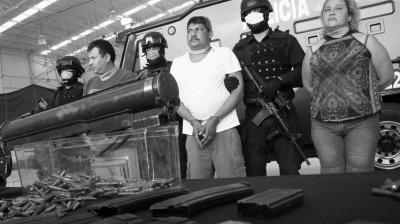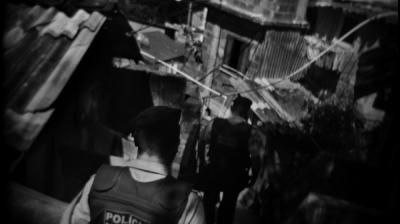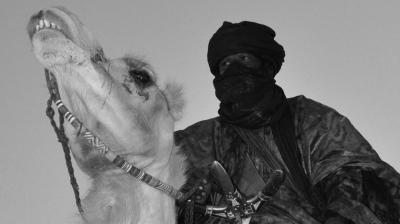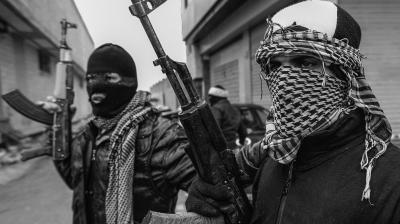Non-conventional armed violence: new challenges and responses
Background
Inter-state conflict, of the sort epitomized by the two World Wars, has progressively been substituted in frequency and intensity by intra-state war. But patterns of fighting are evolving once again under the influence of “non-conventional” armed violence. Criminal or organized violence, carried out without any clear political objective or ideological basis, has taken on an epidemic form in Central America, home to some of the world’s highest murder rates. This breed of violence is also shaping post-conflict and conflict environments such as Libya, Mali, Somalia and Syria, where factional and territorial control as well as profit-making illicit activities are playing critical roles in the decision-making of non-state armed groups.
Competitive fragmentation between combatant groups, the quest for territorial control and protection incomes, connection to transnational criminal networks and the use of “exemplary” terror to intimidate citizens and states now characterize armed violence from Tripoli to Tegucigalpa. There is, in short, ever greater hybridity between criminal, paramilitary and political behaviour in global manifestations of armed violence.
Pressure to rethink the policies adopted towards these non-state armed groups – whether they are extremist factions, urban gangs, drug trafficking organizations, vigilante groups or protection racketeers - has intensified as the efforts to stifle them through security measures alone yield disappointing results. It is also clear that conventional restraints on warfare have limited traction, and that new legal, political or diplomatic mechanisms to regulate armed violence are required. But how will it be possible to negotiate with these groups, change the economic environment in which they operate, or reshape their links to local communities?
This series of over a dozen papers commissioned by the Norwegian Peacebuilding Resource Centre in collaboration with the Conflict Research Unit of the Clingendael Institute aims to explore these issues through case studies, comparative analyses and policy papers.
Reports
The following reports are the first in a series commissioned by CRU and the Norwegian Peacebuilding Resource Centre (NOREF) on the subject of “non-conventional armed violence”. Forthcoming papers will include case studies of Colombia, Libya, Mali, Mexico, Syria and Somalia; comparative analyses of the role played by borderland economies and drug trafficking in perpetuating violence; and possible policy responses in the shape of international law, business regulation, reintegration of fighters and mediation with these groups.
- Law, guns and money: regulating war economies in Syria and beyond
- The case for contact: overcoming the challenges and dilemmas of official and non-official mediation with armed groups
- Tribes, thugs, terrorists and the law: can non-conventional armed violence be regulated?
- The balance-sheet of conflict: criminal revenues and warlords in Syria
- Red lines and al-Shabaab: negotiating humanitarian access in Somalia
- Fit for negotiation? Options and risks in the political transformation of non-conventionalarmed groups
- Azawad and the rights of passage: the role of illicit trade in the logic of armed group formation in northern Mali
- Drugs, gangs and vigilantes: how to tackle the new breeds of Mexican armed violence
- Stealing the revolution: violence and predation in Libya
- Chronic violence and non-conventional armed actors: a systemic approach
- Non-conventional armed violence and non-state actors: challenges for mediation and humanitarian action
- Oil and gold: private sector and post-conflict risks in Colombia
- A violent compound: competition, crime and modern conflict








